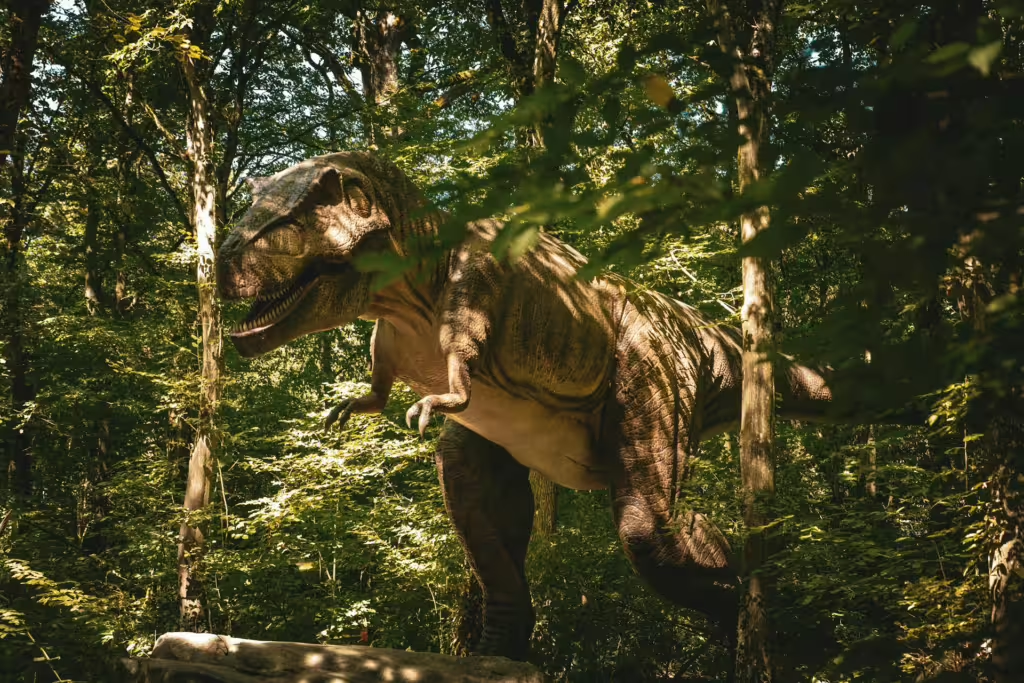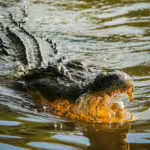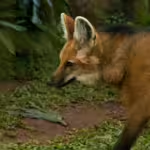When the world was young and cantankerous, primordial beasts vied for conquest of a tumultuous land and an unforgiving ocean. Yet, in the days before that, before even the dinosaurs ruled the world, the green, ancient landmasses were home to a multitude of plants that exist only in the collective dreams of paleobotanists and fantasy makers. You see, the first plants emerged on this planet some 470 million years ago. Their arrival was as fractious as the eruptions of life that came before it. The first plants transformed the barren rock of the virgin Earth into living landscapes.
At the same time, the plantlife of yesteryear paved the way for all other terrestrial life to come. Like today’s plants, the respiration of these new lifeforms released oxygen into the atmosphere, while their roots anchored loose soils into place, and their fleshier bits began to form the base of our planet’s first complex food chains.
Today, many of this primordial flora has gone the way of the dinosaurs, but even millions of years hence, their descendants still live among us. These ancient plant relatives are basically living fossils—survivors from epochs that we have never seen, a world that would look positively alien to our eyes.
In this article, we will explore some of the most remarkable prehistoric plant relatives still around today. We will also discuss how their precursors shaped ancient ecosystems. Finally, we will compare the roles of both in terms of ecological importance. So Start up the TARDIS, explorers. we’re heading somewhen cool!
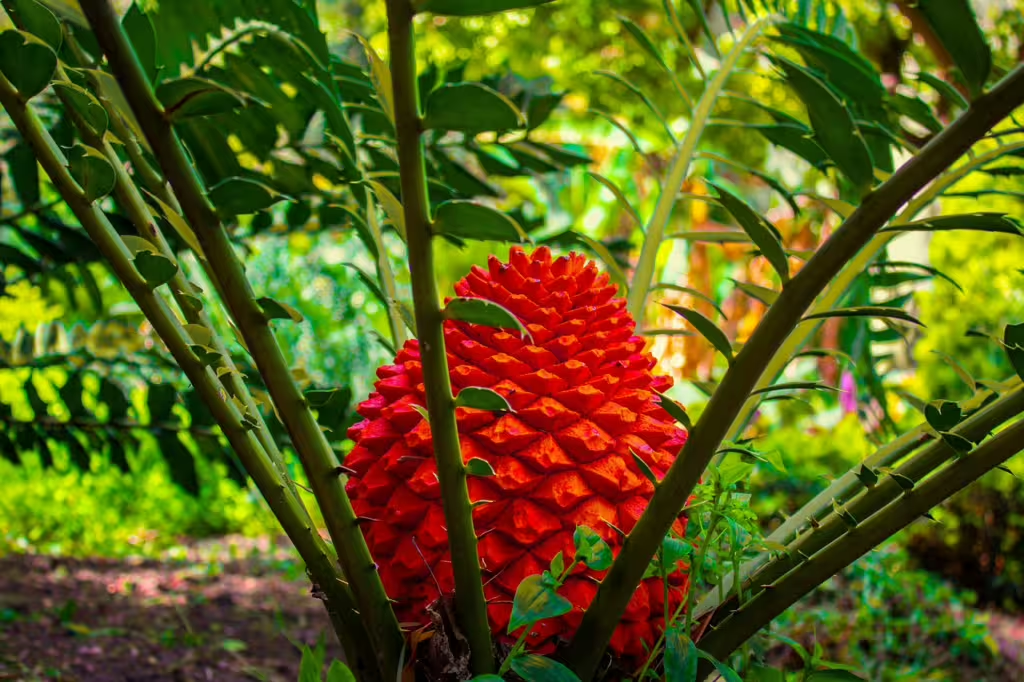
How Plants Emerged
Algae to Mosses
470 million years ago, the Earths surface was all-but dominated by oceans. P;antlife existed in some form at this point, but it was basically algae. Eventually, it made its way to the land, where it became the fist mosses. Unfortunately, mosses lacked roots, leaves, or any ability to survive unattached from rocks or soil. luckily for them, mosses, liverworts and hornworts can absorb water directly through their tissues…and still can! These plant colonizers are still around today and can be found on the tundra, in bogs, and in forest ecosystems.
The Arrival of Vascular Plants
420 million years ago, these simple plants developed vascular tissues which enabled them to grow tallers and move water and nutrients around their own forms. The xylem and phloem that modern plants now possess are what allow these plants to spread farther from the initial water sources of their origin. We have seen ferns and horsetails that exhibit similar traits to the fossilized Cooksonia and Rhynia that we see in the fossil record.
Enter The Age of Giants
359–299 million years ago, in the Carboniferous period, plants began to grow even bigger. The humid, oxygen-rich atmosphere of this age allowed forests, swamps, and jungles to flourish and grow like wildfire. Those ancient forests eventually went extinct during this or that mass extinction and their fossilized remains are what ended up becoming the coal deposits of today. In many ways, these plants contributed greatly to humanity’s rapid adoption of fossil fuels.
The first woody trees also emerged during this period and proved that plants could make their own means of nutrient absorption and protection, including growing true leaves and woody tissues. It should also be noted that this was the age when the first horsetails and true ferns began to grow into the types of plants we know them as today.
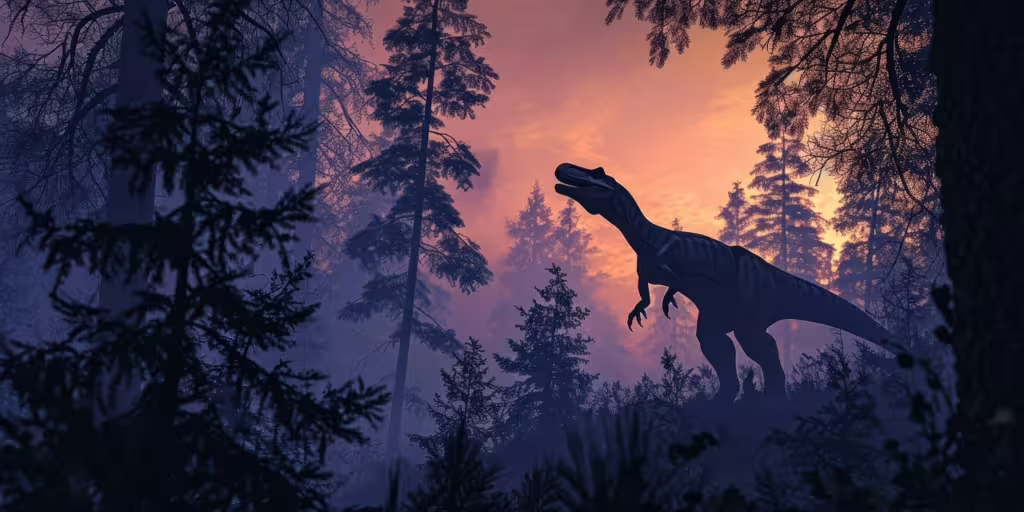
Seeding a NewSurvival Strategy
While early ferns and horsetails relied on spores for reproduction, other plants began to develop a much more efficient means of reproduction. 360 million years ago, the seed came into being. This novel biological imperative protected plant embryos by surrounding them in tough shells, thus enabling plants to spread into drier habitats and survive in harsher conditions.
The Age of Gymnosperms
By the Permian and Mesozoic eras, conifers, cycads, and ginkos came about. These trees soon become dominant across many landscapes due to their ability to withstand extreme conditions like drought or cold. Many confiers were tough enough to withstand fire to a degree as well. The iconic Redwood conifers that dwell in Asia and North America are remnants of those early gymnosperm plants. Their novel adaptation involved seedcones, which could be eaten or transported far from the parent tree and germinate elsewhere.
Cycads, ancient relatives of modern pine trees were similar. These plants are iconic and we see many pieces of paleoart depicting them. They were so widespread that more than 300 related species survive to this day, though many of those are currently endangered thanks to humans. That’s right, the cycads weathered dinosaurs, extinction, and eons of time, but may not weather us. Ginkho biloba are the last surviving member of an ancient ginkgo lineage. They flourished in the age of the dinosaurs and are actually surviving even today, thanks to their mild resilience to pollution.
The Rise of Flowering Plants
130 million years ago, angiosperms arose. These were the first flowering plants and they developed blooms as a means of attracting pollinators; another novel lifeform on our planet in those days. The same is true for fruiting plants. In a few short centuries, both began to outcompete other plants for territory. Today’s magnolias are actually relatives of the earliest flowering plants we know about. Scientists believe that the earliest magnolias were pollinated not by bees but by beetles. Grasses also emerged during this period and their existence, coupled with fruits, vegetables, and flowering plants, eventually led to human agriculture and our own success as the dominant species on this planet.
How Prehistoric Plants Shaped the Planet
Fascinating though these plants might sound, readers may be wondering why they were so important to the way life evolved on this planet. Sure, we have touched on their impact on human culture and agriculture, but for the greater world at large, plants have done so much more.
Oxygen Revolution
When the first plants began photosynthesizing on land, the world became far more oxygenated. These plants released vast amounts of oxygen into the atmosphere, which ultimately paved the way for the emergence and proliferation of animal life. Oxygen levels rose even more during the Carboniferous period, where they reached nearly 35%, a number that is much higher than anything scientists measure in our atmosphere today. This high amount of O2 is what allowed the iconic giant insects and amphibians of that early age to flourish and thrive.
Building Soils and Ecosystems
Plant roots stabilized ancient soils but the plants themselves did so much more than that. You see, as plants died off, their decaying vegetable matter enriched the soil with their fallen nutrients, enabling nearby plants to grow even better. Meanwhile, the primordial forests themselves created habitats for insects, reptiles, and early mammals, thereby driving new evolutionary bursts during the early days of Earth.
Climate Control
By absorbing carbon dioxide, the plants of the past helped regulate Earth’s temperature. In the end, their inevitable burial in long-gone sediments formed the coal and oil deposits of our day. Though we burn those and release the stored carbon back into the atmosphere, their original purpose was as a means of keeping that excess carbon out of actual atmosphere.
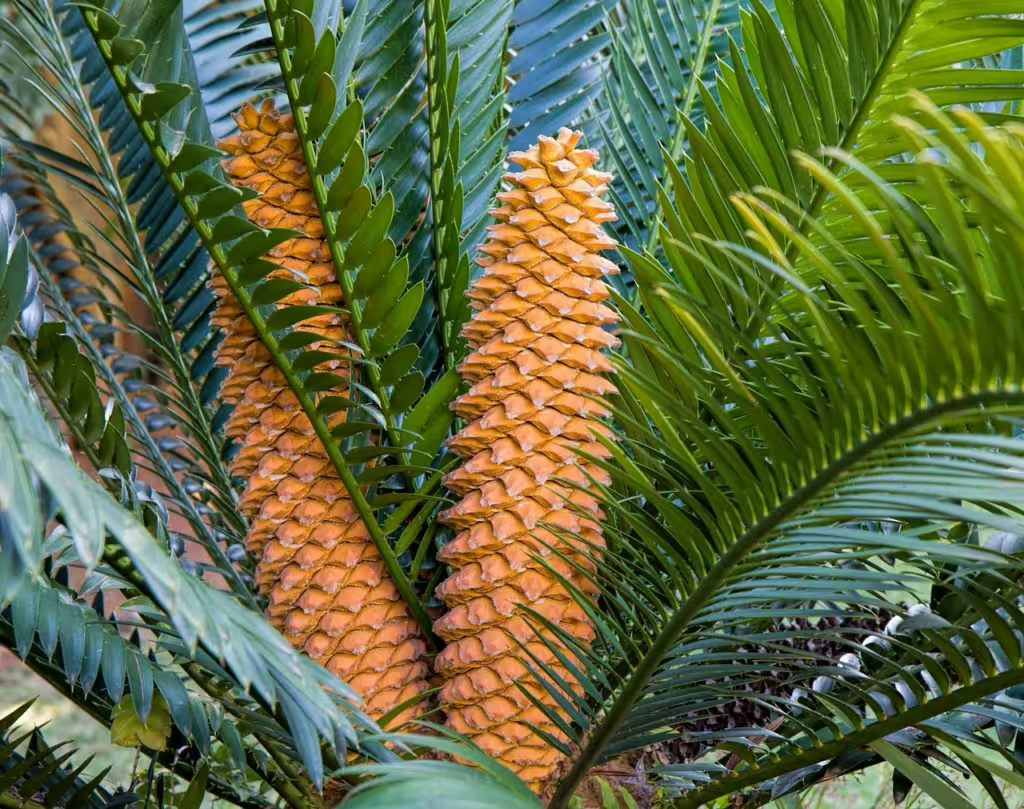
True Investigator Says…
As you can see, the prehistoric plants and their modern relatives teach us a lot about resilience. Many of these plant lineages have endured mass extinctions, ice ages, volcanic eruptions, and the inexorable passage of time. Adaptation and evolution is the key to their success and over time, the most successful members of each group have found ways to weather even the harshest of climate crises. The only sad thing in all of this is that, despite all this staying power, our presence as the planet’s current stewards has put many of these plants in grave danger.
Still, few lifeforms have shaped our planet more profoundly than plants. Quiet and ever-growing, plants find ways to insinuate themselves into every ecosystem in ways that are essential and advantages. Over the course of many millennia, the world’s plants have gained a literal foothold into terrestrial and marine ecosystems. Today, the living descendants of those floral forbearers continue that long legacy.
We recognize their importance, because they helped to shape our own journey, but we often fail to see how vital they are for stabilizing ecosystems and sustaining life in all its many forms. We fail to realize that, when we walk through a forest or garden, we are surrounded by echoes of deep time. Every fern you see uncoiling in the shade, every fragrant magnolia in a bouquet, every conifer decorated for the Christmas season; carries a genetic memory of a time when giants walked the Earth.
It is for these reasons and more that we need to protect these living fossils. The world, nay, nature itself has not forgotten their importance, and neither should we. Without them to learn from, we may find it harder to adapt or overcome the catastrophic changes that are inevitably going to affect our planet within our species’ lifetime.
Discover more from TrueInvestigator
Subscribe to get the latest posts sent to your email.
